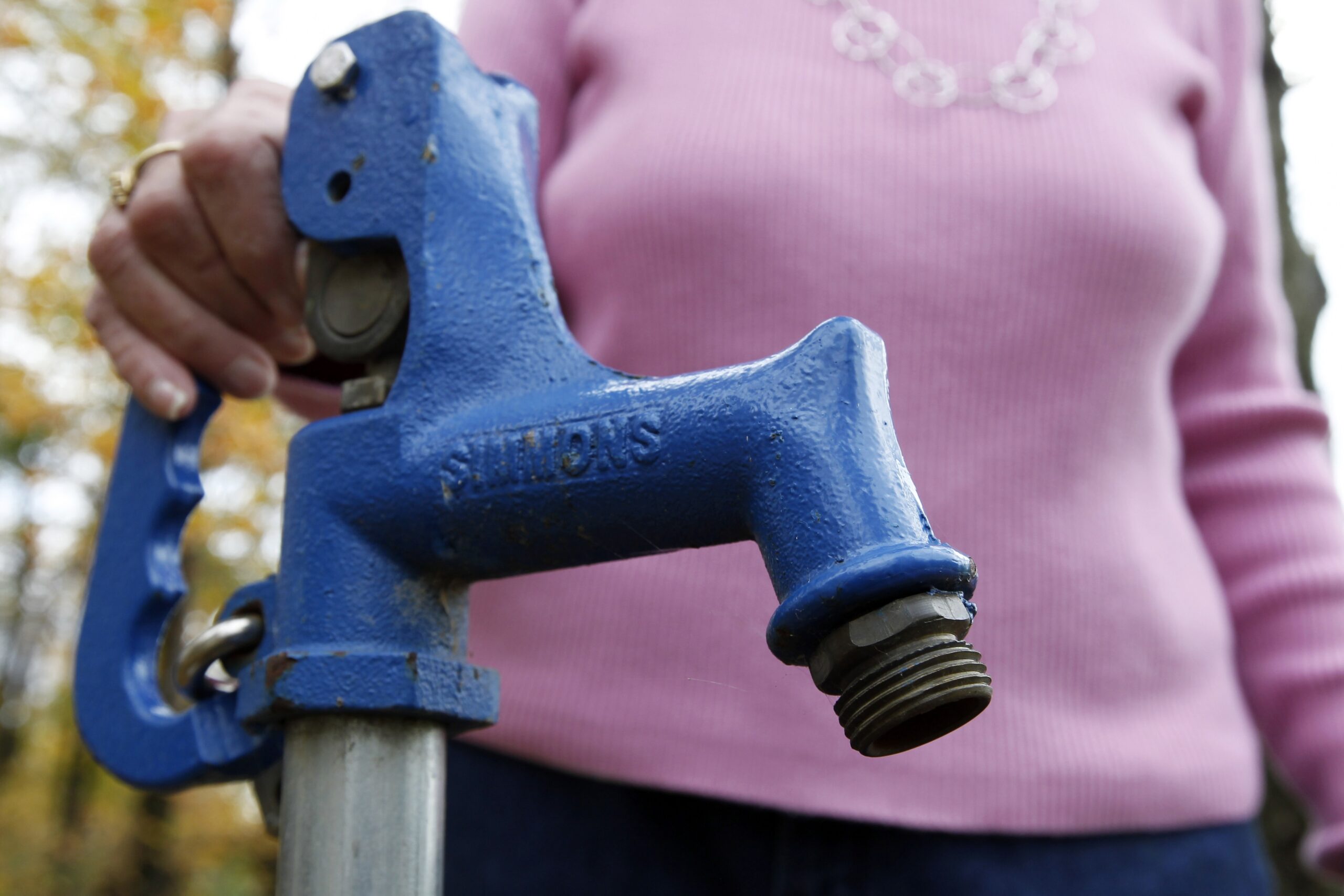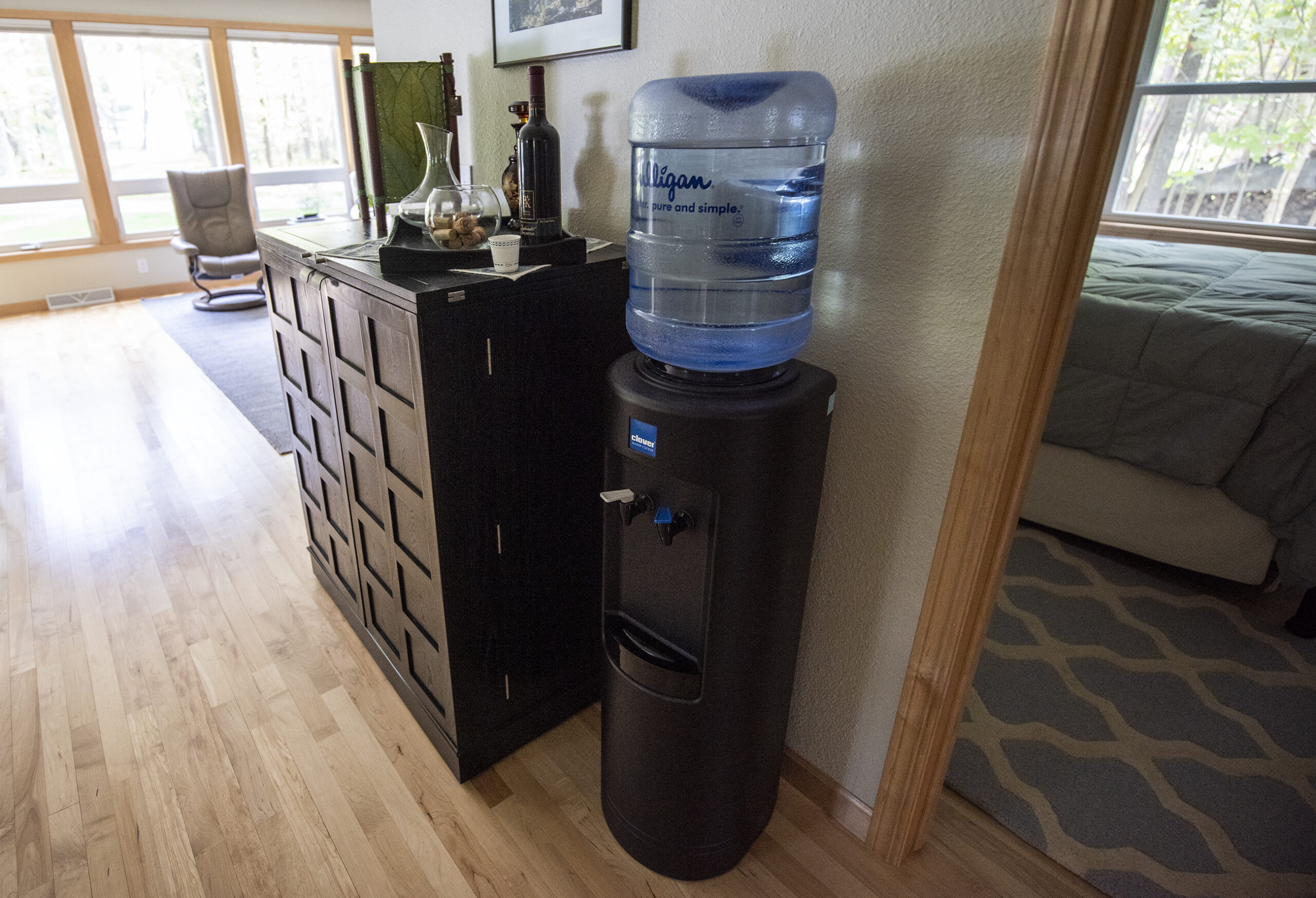About a quarter of Wisconsinites drink water drawn from private wells. And even though it’s not required by the state, well owners should test their water annually, said Marty Nessman, chief of the Private Water Section at the Wisconsin Department of Natural Resources.
Nessman joined WPR’s “The Larry Meiller Show” to explain the importance of testing private wells for nitrate and bacteria every year, and testing for arsenic every five years.
“While private wells do provide really high quality water in most cases, some do contain substances that affect our health,” Nessman said. “Testing is the only way to know what’s in the water. A lot of contamination could be hard to detect by taste or smell or visually.”
Stay informed on the latest news
Sign up for WPR’s email newsletter.
How to test your well water
The well water testing process requires a few steps. First, reach out to the closest certified laboratory. You can find a list of laboratories on the DNR’s website.
The lab will send a test kit that includes bottles. While carefully following the directions, fill the bottles from an unfiltered tap, Nessman said.
It’s best to drive the samples to the lab soon after collection.
“If you mail it back, you got to make sure it’s going to get there in time, because bacteria does have a shorter analysis hold time,” Nessman said.
Nessman recommends testing in the springtime, when there’s more water flow and rain.
What to do if your test shows contamination
Nessman said the test results will show the amount of each contaminant and indicate whether those amounts exceed the established threshold for what’s safe.
The DNR recommends you retest to confirm contamination if your initial test results indicate it.
If nitrate levels are more than 10 parts per million, the Wisconsin Department of Health Services says pregnant people and babies should not drink or cook with the water. Everyone else should avoid long-term use of the water.
If bacteria is present or if arsenic levels are more than 10 parts per billion, nobody should drink the water or use it for cooking or preparing food.
“Boiling water can help get rid of bacteria,” Nessman said. “It’ll kill bacteria in water, but it won’t affect other contaminants, and oftentimes it’ll concentrate the contaminants.”
Another option is to buy a water treatment system. Nessman said there are specific water systems for many contaminants. They work well if maintained correctly.
The National Sanitation Foundation has an online search tool to help you find the right certified treatment device.



